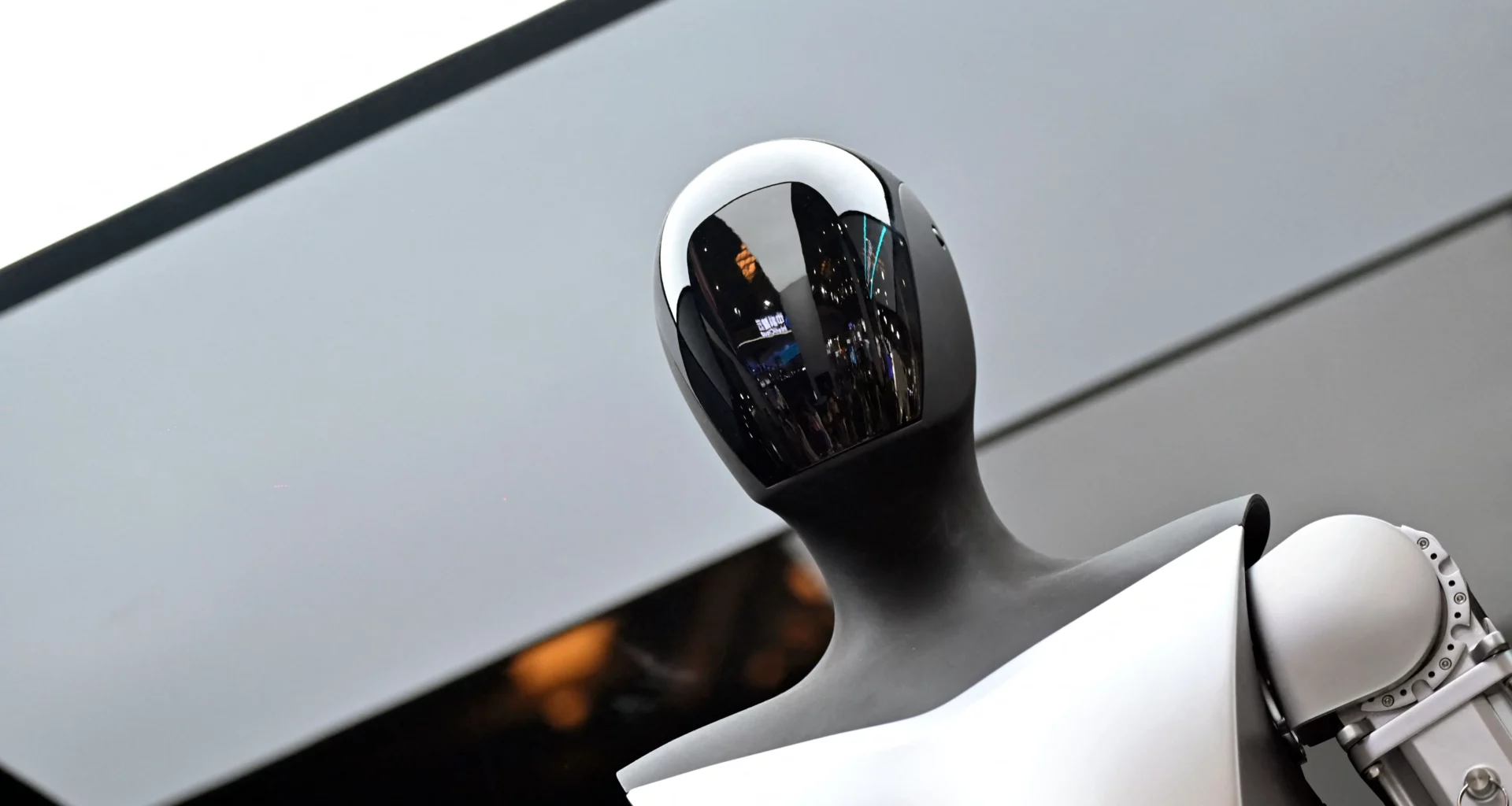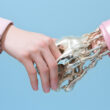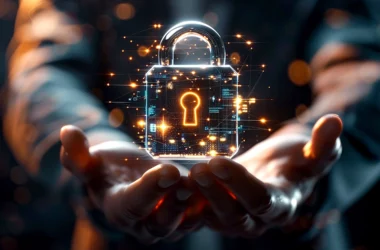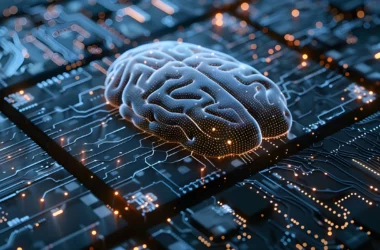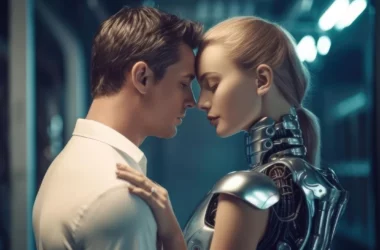In recent years, Tesla has increasingly made headlines not just for its groundbreaking electric vehicles and innovations in energy, but also for its ambitious ventures into robotics. At the forefront of this initiative is Tesla’s humanoid robot, known as Optimus. The development of Tesla robots has the potential to reshape industries, redefine the nature of work, and open up new possibilities in automation and artificial intelligence. As we look toward a future dominated by intelligent machines, the emergence of Tesla’s robots warrants a closer examination of their design, purpose, and implications for society.
The Vision Behind Tesla Robots
The Tesla robot, also referred to as Tesla Bot or Optimus, was introduced by CEO Elon Musk during Tesla’s AI Day in August 2021. The humanoid robot is designed to assist with repetitive and mundane tasks, thus improving efficiency across various sectors, from manufacturing to healthcare, logistics, and home services. Musk emphasized that the primary goal of the Tesla robot is to handle tasks that are “dangerous, boring, or repetitive” so that humans can focus on more meaningful and creative endeavors.
Tesla robots are envisioned as being capable of performing a wide array of tasks—ranging from lifting heavy objects and performing household chores to engaging in more complex activities such as helping with elderly care or even assisting in factories. At the core of the robot’s functionality lies advanced artificial intelligence (AI) and machine learning, which enable it to navigate environments, understand commands, and perform tasks autonomously. Given Tesla’s expertise in electric vehicle manufacturing, its robots are also expected to have cutting-edge hardware, including highly efficient motors, sensors, and an integrated AI system.
Design and Features
Tesla’s humanoid robot is designed to resemble a human in terms of size and movement. Standing at about 5 feet 8 inches tall and weighing around 125 pounds, the robot is built to be lightweight and adaptable to different environments. The use of Tesla’s advanced AI systems, which have been developed for self-driving cars, allows the robot to recognize its surroundings, interact with objects, and make decisions based on its environment.
The robot’s body is equipped with a range of sensors, cameras, and actuators that allow it to navigate autonomously and perform precise movements. These sensors, such as vision cameras and ultrasonic sensors, provide data that helps the robot avoid obstacles, understand its surroundings, and detect objects it needs to interact with. In addition, the robot’s bipedal design ensures mobility, allowing it to walk and move through environments designed for humans.
One of the most notable features of Tesla’s robot is its ability to learn and adapt through deep learning algorithms. By leveraging data from Tesla’s vast fleet of vehicles and real-world experiences, the robot’s AI system can constantly improve its performance. This learning capability is crucial for Tesla’s vision of building an autonomous robot that can eventually operate in a variety of real-world scenarios without constant human intervention.
Potential Applications
The potential applications of Tesla robots are vast and diverse. One of the most immediate uses could be in manufacturing and industrial settings. Tesla’s Gigafactories already rely on robots to automate the production of electric vehicles and batteries. By deploying humanoid robots that can work alongside humans, companies could achieve even greater efficiency and precision in their operations. These robots could take on tasks that are physically demanding or hazardous, such as lifting heavy objects, performing dangerous maintenance tasks, or managing assembly lines.
Another promising area is healthcare. Tesla robots could assist in elderly care, providing companionship, performing medical tasks, or even monitoring patients. With the aging global population, the demand for healthcare workers is expected to grow substantially. Robots like Optimus could help alleviate some of the pressure on human caregivers by performing routine tasks or providing aid to patients in need.
Tesla robots could also become a staple in the home. Imagine a robot capable of handling household chores such as cooking, cleaning, and even managing grocery shopping. With advanced AI, Tesla robots could even take on more personalized tasks, such as managing schedules, controlling smart home devices, or providing assistance to individuals with disabilities.
Implications for the Workforce
The arrival of Tesla robots has significant implications for the workforce. While automation and robotics have already begun to transform industries such as manufacturing and logistics, the introduction of humanoid robots like Optimus could accelerate this trend. On one hand, the widespread deployment of Tesla robots could increase productivity, reduce costs, and improve working conditions by relieving human workers from repetitive and dangerous tasks. This could allow people to focus on more creative, intellectual, and high-value work.
On the other hand, the automation of jobs traditionally performed by humans also raises concerns about unemployment and economic displacement. Many jobs in sectors such as retail, hospitality, and transportation could be at risk as robots take over tasks like customer service, deliveries, or basic maintenance. It is important for policymakers, business leaders, and society at large to consider how to manage this transition, including providing retraining opportunities and creating new roles that complement the capabilities of robots.
As with any technological advancement, the rise of Tesla robots raises important ethical and social questions. One of the key concerns is the potential for robots to replace human workers, particularly in industries where jobs are already scarce or low-wage. In addition, there are questions about how robots should be programmed to interact with humans and make decisions in complex, real-world scenarios. Should robots be held accountable for their actions? How do we ensure that AI systems are developed and used responsibly to avoid unintended consequences?
Another ethical concern is the issue of privacy and data security. Tesla robots would likely collect vast amounts of data as they interact with humans and navigate through environments. Ensuring that this data is protected and used ethically will be crucial in maintaining trust in these technologies.
Tesla robots represent a bold and ambitious step toward an automated future. With their advanced AI capabilities and humanoid design, they hold the potential to revolutionize industries, improve quality of life, and redefine human work. However, as we embrace the possibilities of Tesla’s robots, it is essential to consider their societal implications, including job displacement, ethical concerns, and the broader impact on the economy. By balancing innovation with responsible deployment, Tesla robots could serve as powerful tools for enhancing human potential rather than replacing it. In the end, Tesla’s work in robotics could pave the way for a new era of automation—one that could benefit both individuals and society at large.



